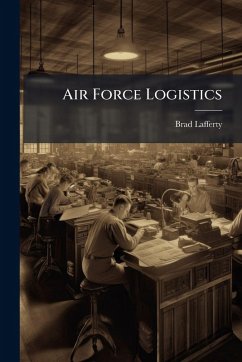Global Reach/Global Power calls for the Air Force to be capable of projecting its forces anywhere, any time. The current logistics vision, however, is based in mobilization rather than mobility. Mobilization focuses on industrial production to provide weapon systems and is long-term oriented; mobility focuses on the process of moving war material to a theater of operations for combat and is short-term oriented. This paper examines historical examples in two categories: acquisition of airpower assets and adoption of civilian management techniques. These examples illustrate how Air Force logistics developed a bias towards mobilization over three distinct phases and was influenced in its methods and practices by the evolving military-industrial complex. This work has been selected by scholars as being culturally important, and is part of the knowledge base of civilization as we know it. This work was reproduced from the original artifact, and remains as true to the original work as possible. Therefore, you will see the original copyright references, library stamps (as most of these works have been housed in our most important libraries around the world), and other notations in the work. This work is in the public domain in the United States of America, and possibly other nations. Within the United States, you may freely copy and distribute this work, as no entity (individual or corporate) has a copyright on the body of the work. As a reproduction of a historical artifact, this work may contain missing or blurred pages, poor pictures, errant marks, etc. Scholars believe, and we concur, that this work is important enough to be preserved, reproduced, and made generally available to the public. We appreciate your support of the preservation process, and thank you for being an important part of keeping this knowledge alive and relevant.
Bitte wählen Sie Ihr Anliegen aus.
Rechnungen
Retourenschein anfordern
Bestellstatus
Storno








